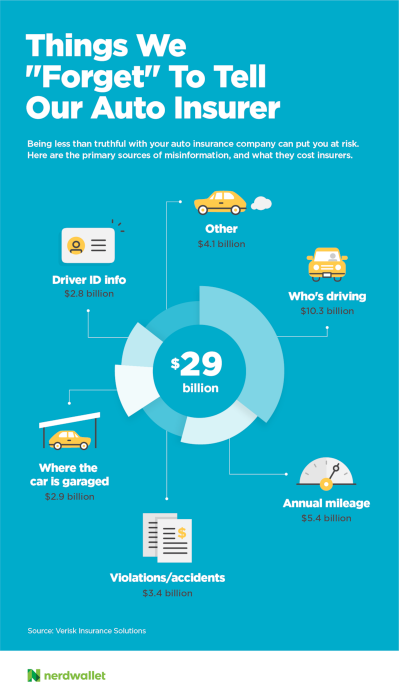There’s the retirement that looks like the commercials: biking, travel, enjoying the family.
And then there’s the one where you can’t get up the stairs anymore.
Most of us happily plan for the first, when our health is good and energy high. The second can be hard to contemplate, when health falters and medical crises can change lives in an instant.
Yet a focus on just the active part of retirement can shortchange your quality of life once you begin to decline, which is why financial advisors suggest you also look at how you’ll live in the later phase. Here’s what you should consider for that second stage. Envision the future
Certified financial planner Dana Anspach of Scottsdale, Arizona, doesn’t want her clients to prematurely give up their homes or make other moves that may not suit them. One couple she advised, for example, moved into a continuing care community — one that includes independent living, assisted living and nursing home care — in their 80s and moved back out again a year later because they couldn’t entertain or decorate their apartment the way they wanted. (They used their refunded deposit to buy a condo and had enough money to pay for in-home care.) Anspach also has heard horror stories of elders who stayed too long in unsafe conditions until health crises propelled them into the hospital — and left their families scrambling to deal with the costs, their care and what to do with the family home. The key, planners say, is to start thinking and talking about how you want to cope when your health begins to fail.
“You have so many more options if you plan earlier and set up the trajectory of where you’re wanting to go,” says Danielle Howard, a CFP in Basalt, Colorado.
Howard starts with the somewhat easier decisions, such as whom the clients want to make medical and financial decisions should they become incapacitated. Then the discussion moves to the harder topics — imagining life when they can’t navigate stairs or drive or handle daily activities such as cooking, cleaning, dressing or bathing themselves. Could they stay in their current home? Would it need to be modified? Who will provide their care, and how will they pay for it?
Anspach advises clients who don’t have long-term care insurance or family members willing to provide care to save their home equity for such expenses, rather than using it to boost their retirement income. (Home equity can be tapped with lines of credit or reverse mortgages or by selling the home.) If parents do expect children to help, Anspach says, they need to make sure the kids are on board and that those kids’ lives are stable enough to provide care if the parents move closer.
“You don’t want to move across the country and have them get transferred somewhere else,” Anspach says.
Take caregivers’ needs into account
Parents also should consider how they can make things easier for their caregivers, says Ed Vargo, a CFP in Cleveland. Vargo encouraged his in-laws to move from a home that was 20 minutes away to one that was five minutes away. “That 20 minutes can turn into an hour back and forth, and you may be going multiple times a day,” Vargo says.
His mother-in-law, Rose Forrester, understood those dynamics well. Before she retired three years ago, Forrester was a physical therapist who provided in-home care to older patients — and a caregiver to her mother, who also lived 20 minutes away. Eventually, Forrester and her husband, Dan, moved the elderly woman into their home, where she lived for three years until her death. Then the couple began to talk about what they should do to make things easier for themselves and their kids in coming years. Neither wanted to leave their home of four decades, but both realized its stairs and layout would be tough to navigate someday. “I could have stayed 10 more years, but in 10 years I knew I wasn’t going to have the energy to move,” Forrester says. The couple moved to a one-level, ranch-style home three years ago, when he was 68 and she was 66. Vargo is now talking with his father about moving closer. The older man initially rejected the idea but after a few years of discussions has said he’s now considering it.
“There’s a tendency for people to tell other people what they should do. That doesn’t really work,” Vargo says. “Have a discussion, share your concerns, but be patient.”
Liz Weston is a certified financial planner and columnist at NerdWallet, a personal finance website, and author of “Your Credit Score.” Email: lweston@nerdwallet.com. Twitter: @lizweston. This article was written by NerdWallet and was originally published by The Associated Press.
The article Retire Right: Plan to Do It Twice originally appeared on NerdWallet.























